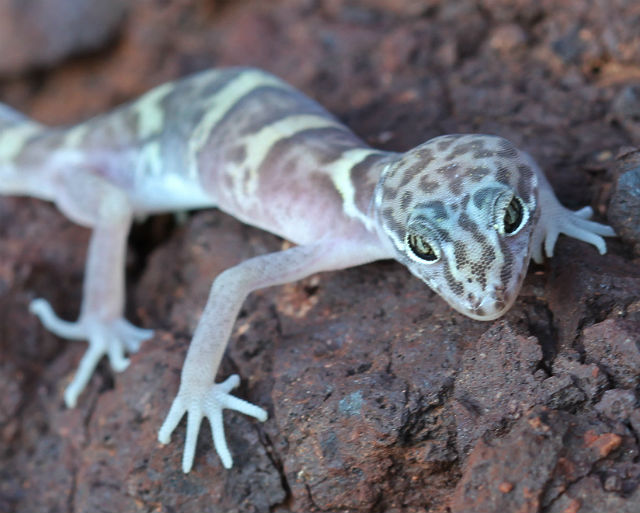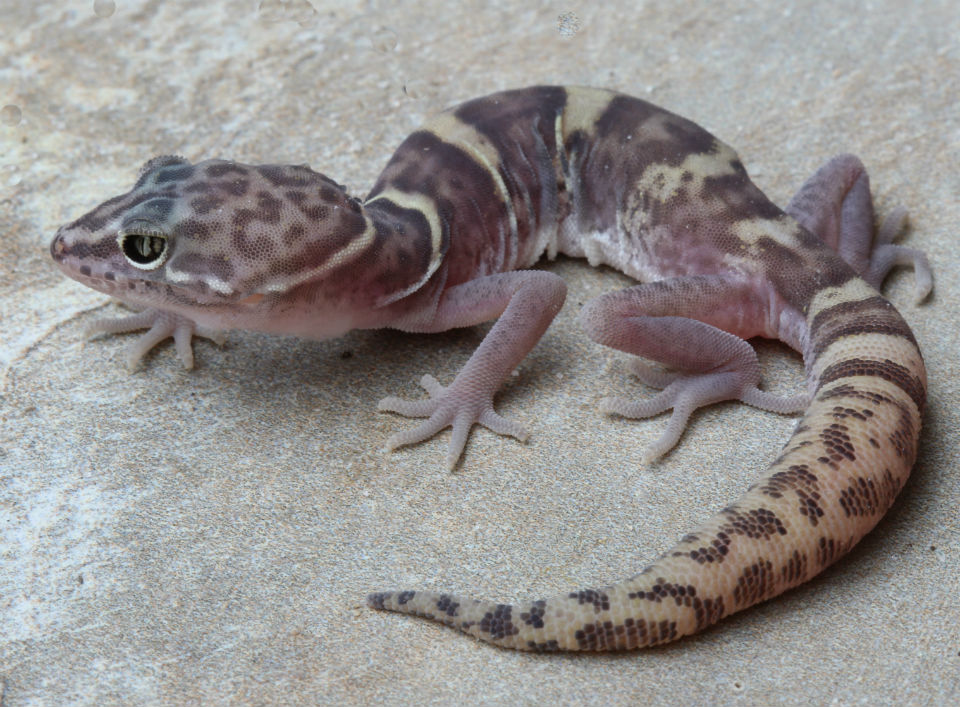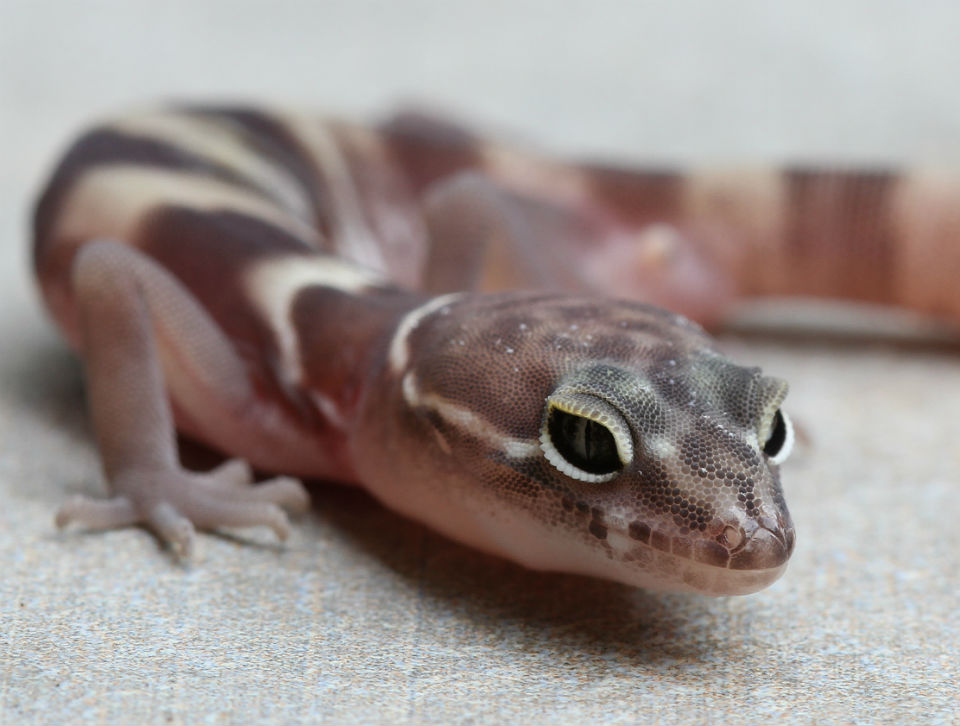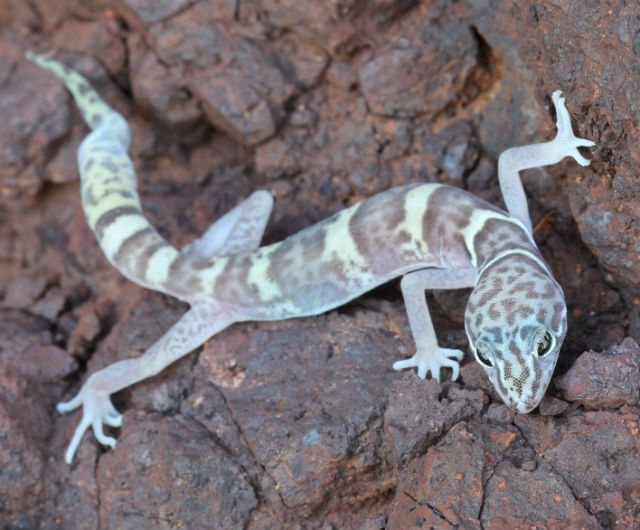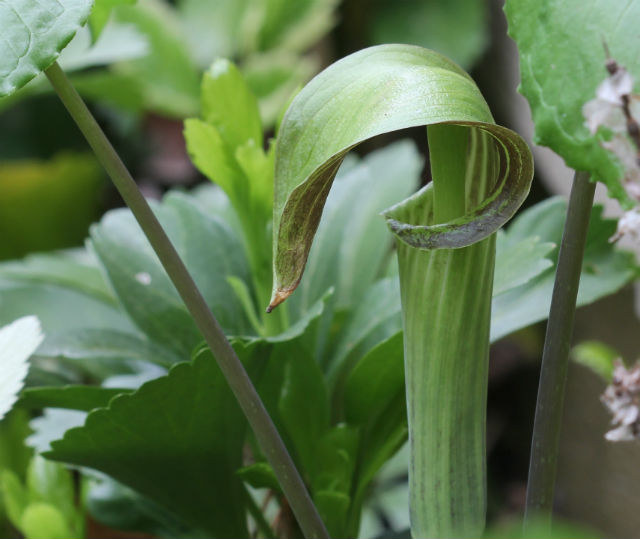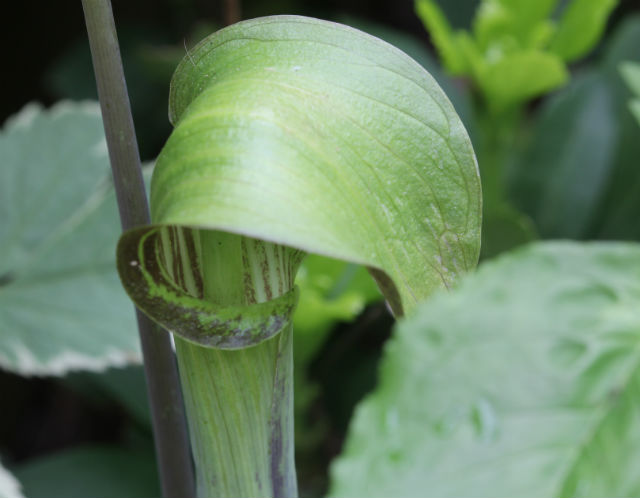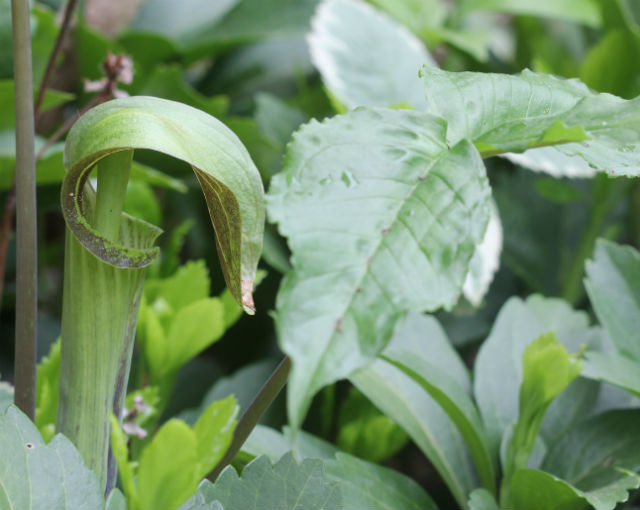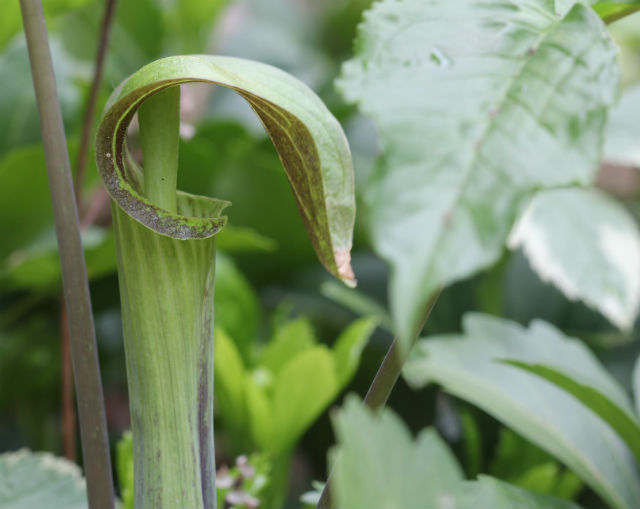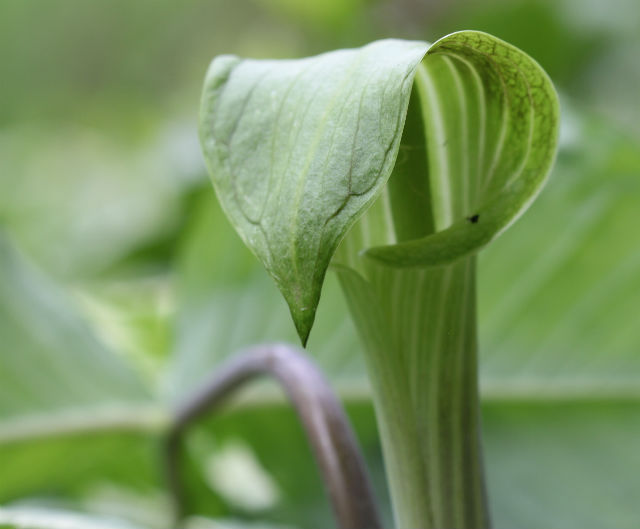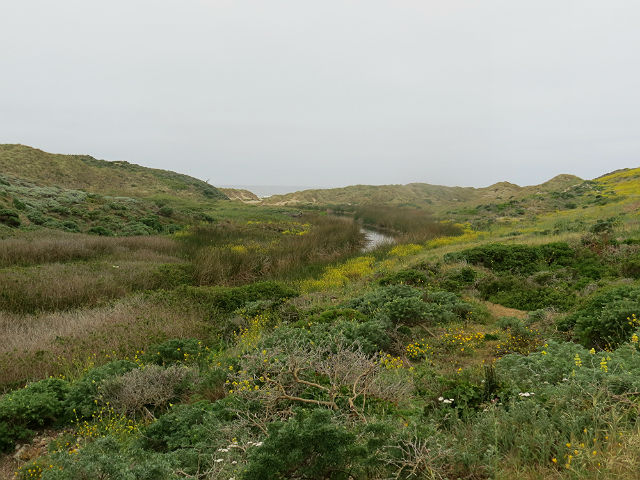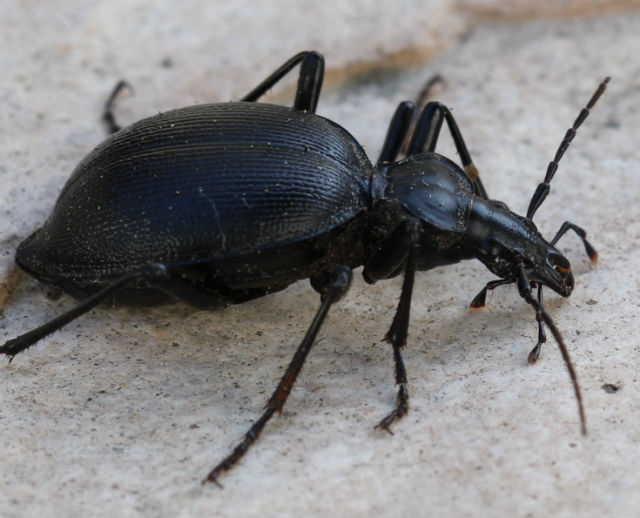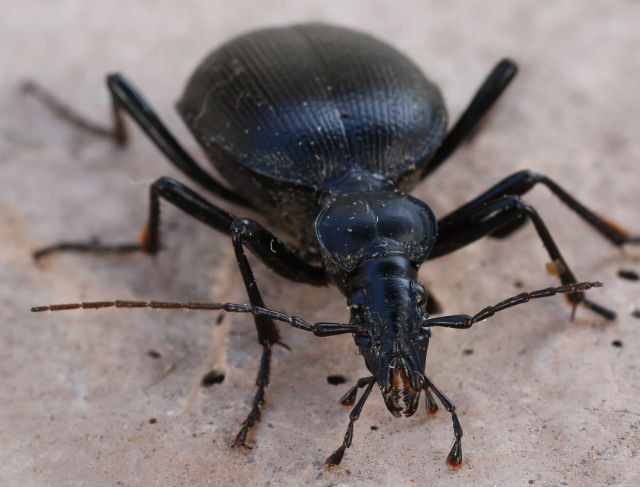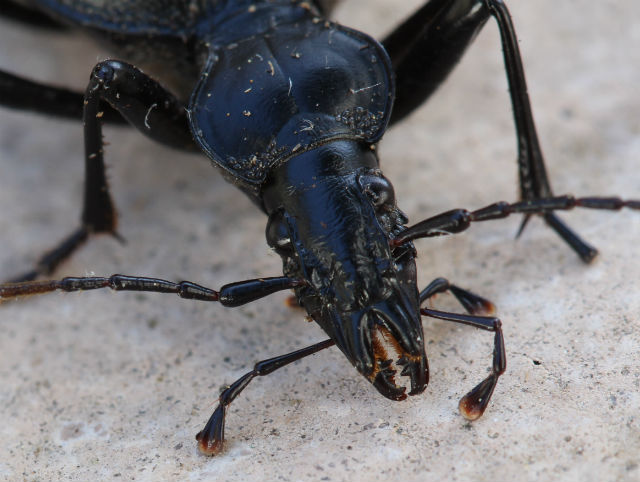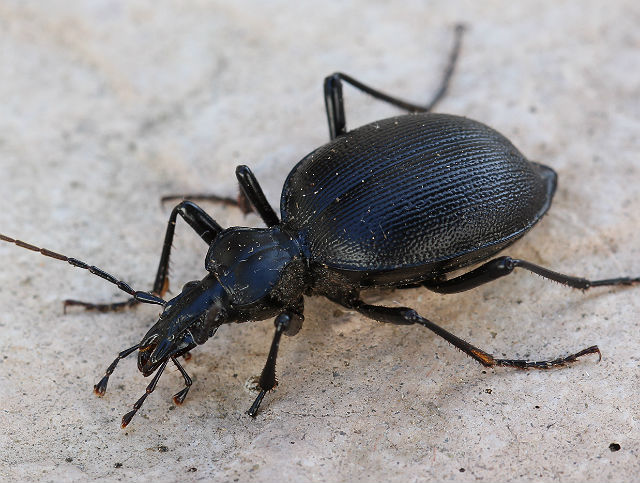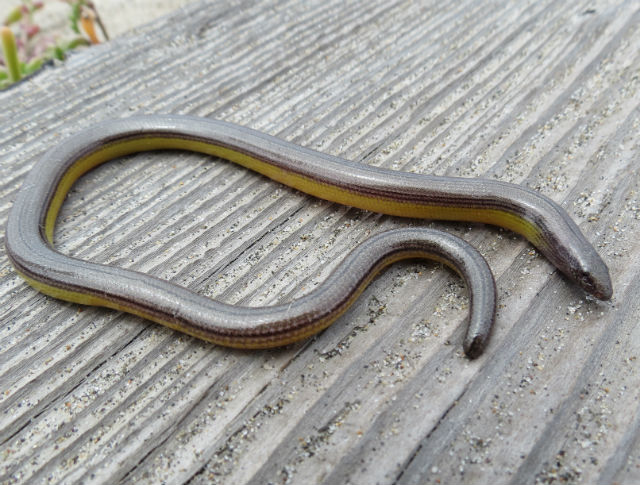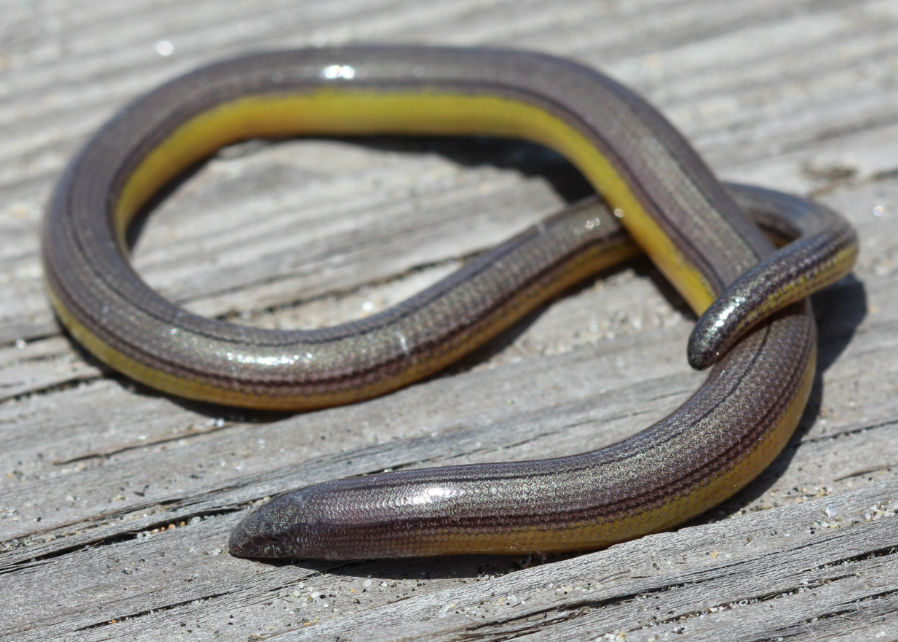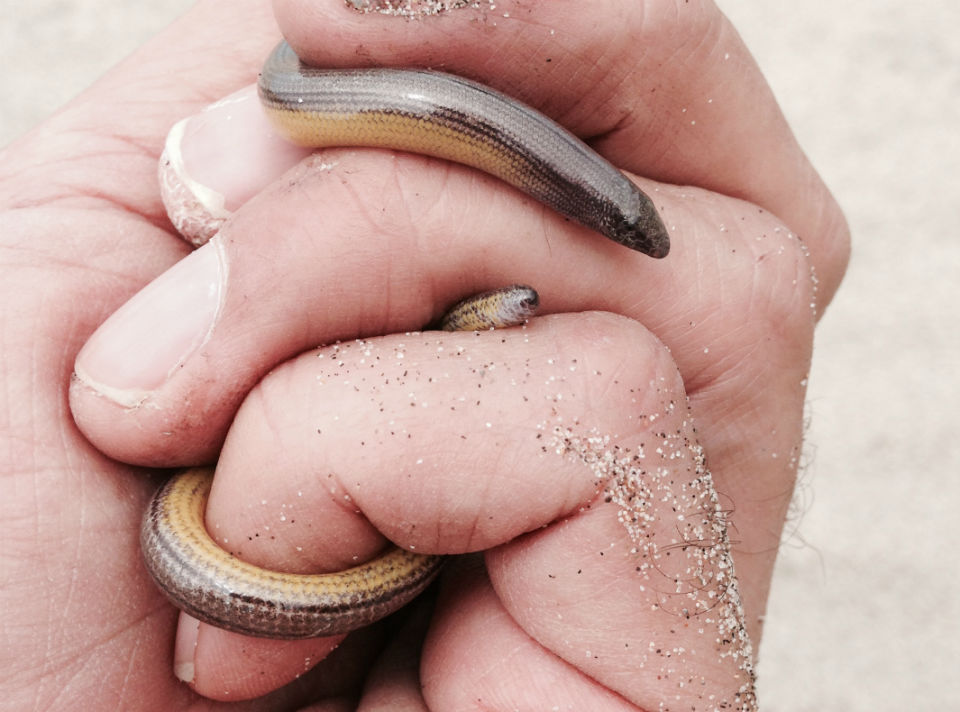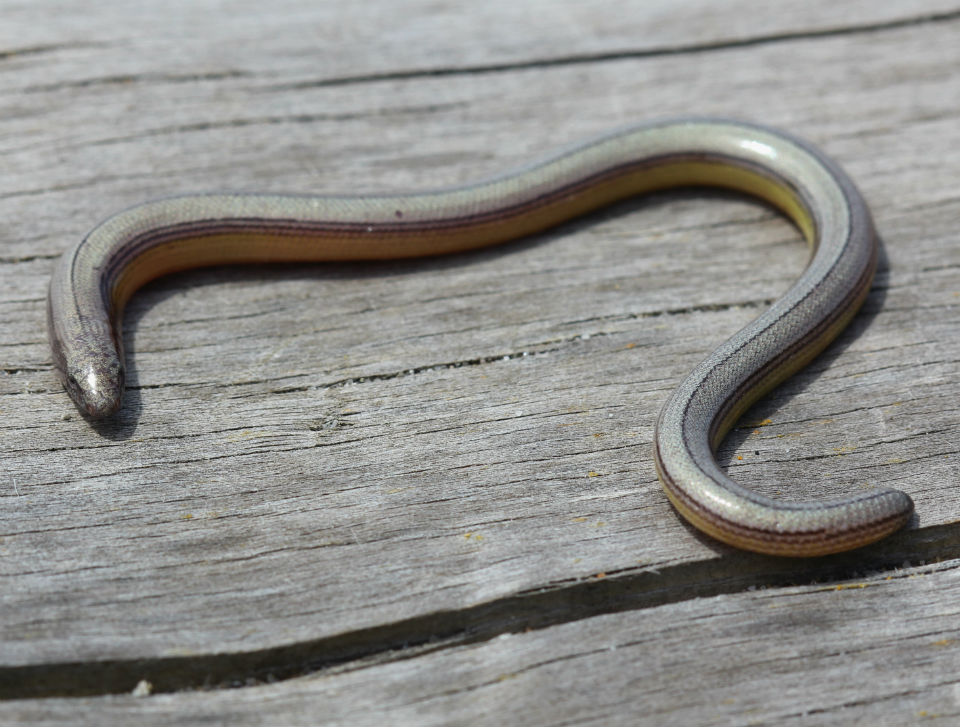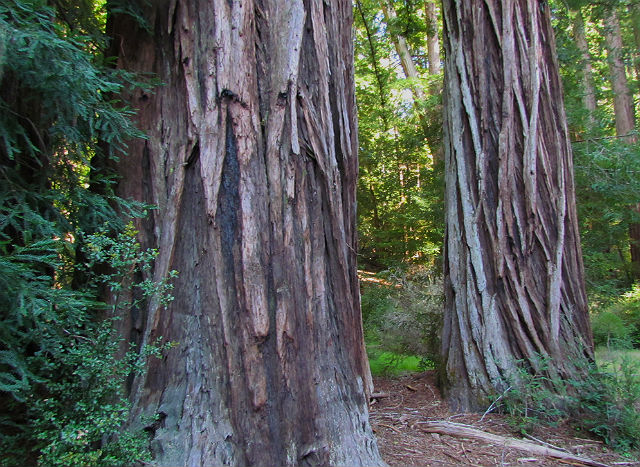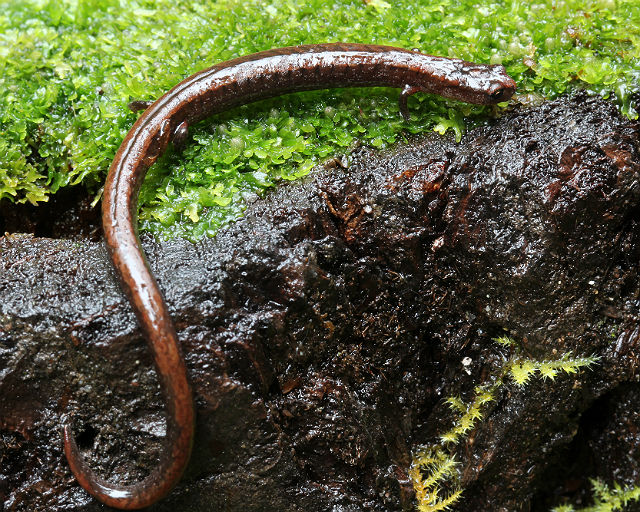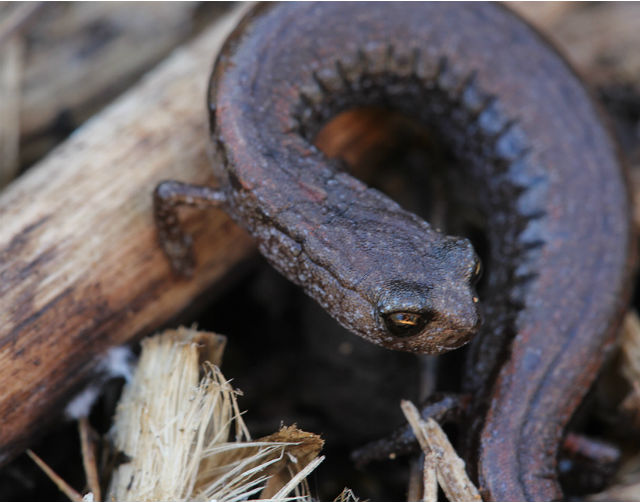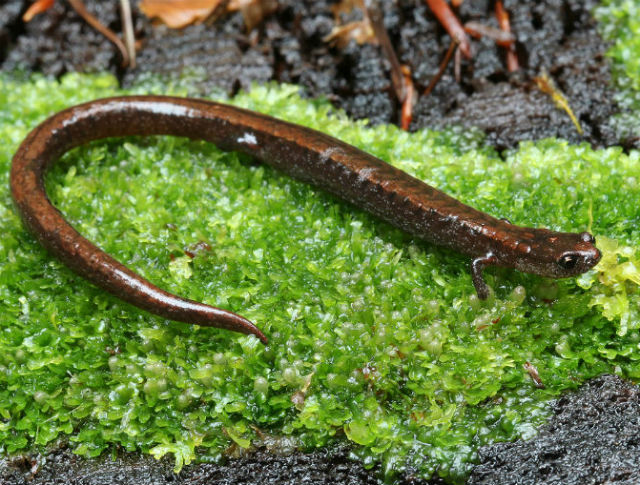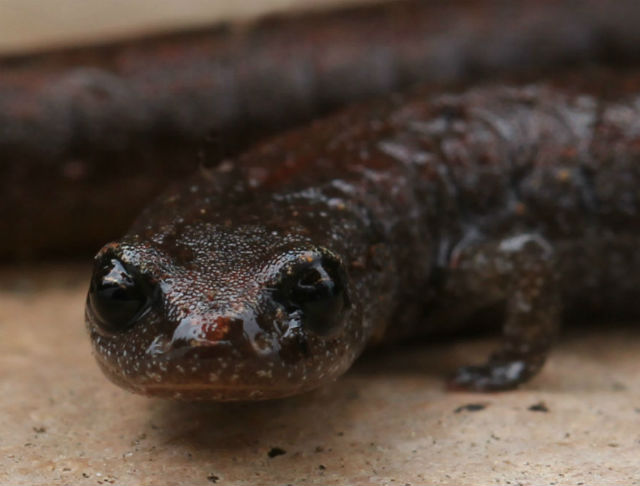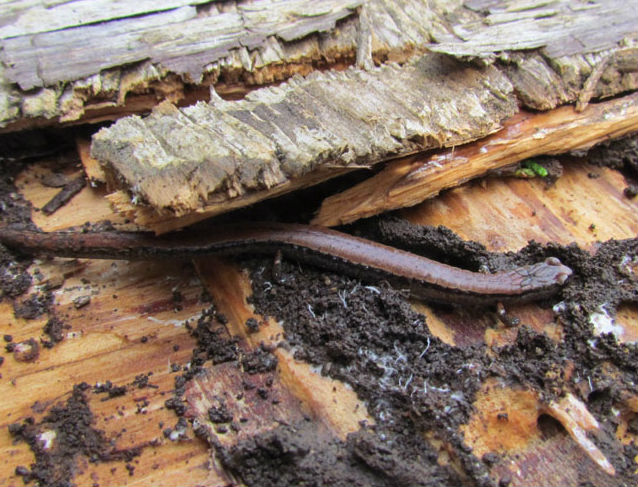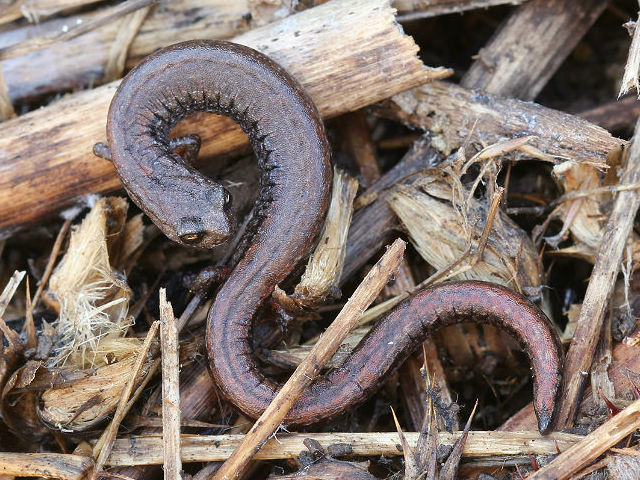This is a small, nocturnal and delicate-looking lizard with large eyes featuring vertical pupils. This lizard’s eyelids are edged in white. Its small scales are granular and soft and its toes are slender.
The tail is about as long as the body and usually has indistinct rings. There is a constriction at the base of the otherwise bulky tail. Males have spurs on either side of the body at the base of the tail.
The Western Banded Gecko occurs in the Mohave and Sonoran deserts and is found in open, arid areas, desert grassland, canyons and hillsides. It is usually associated with rocks or other shelters, but is also is found in sandy dunes.
Active mainly at night, they sometimes can be seen crossing roads during the Summer. When running, they carry their tail curved and over their back. It has been suggested that this mimics the scorpions that share the same habitat.
It avoids the heat of the day by hiding under logs, debris and within moist rock crevices. It can make a squeaking sound if frightened. The tail has specialized fracture planes that allow it to easily break off. However, the regenerated tail is shorter than the original and has different colors, patterns and scales than the original.
The Western Banded Gecko feeds mainly on small insects and spiders. Prey is stalked in a cat-like manner with the lizard often twitching its tail (like a cat); then, with a final lunge, it is captured in the jaws. After a meal, the gecko cleans its face with its tongue. This small reptile is perhaps the most charming of all the desert inhabitants that I regularly come across when visiting the Las Vegas area.


